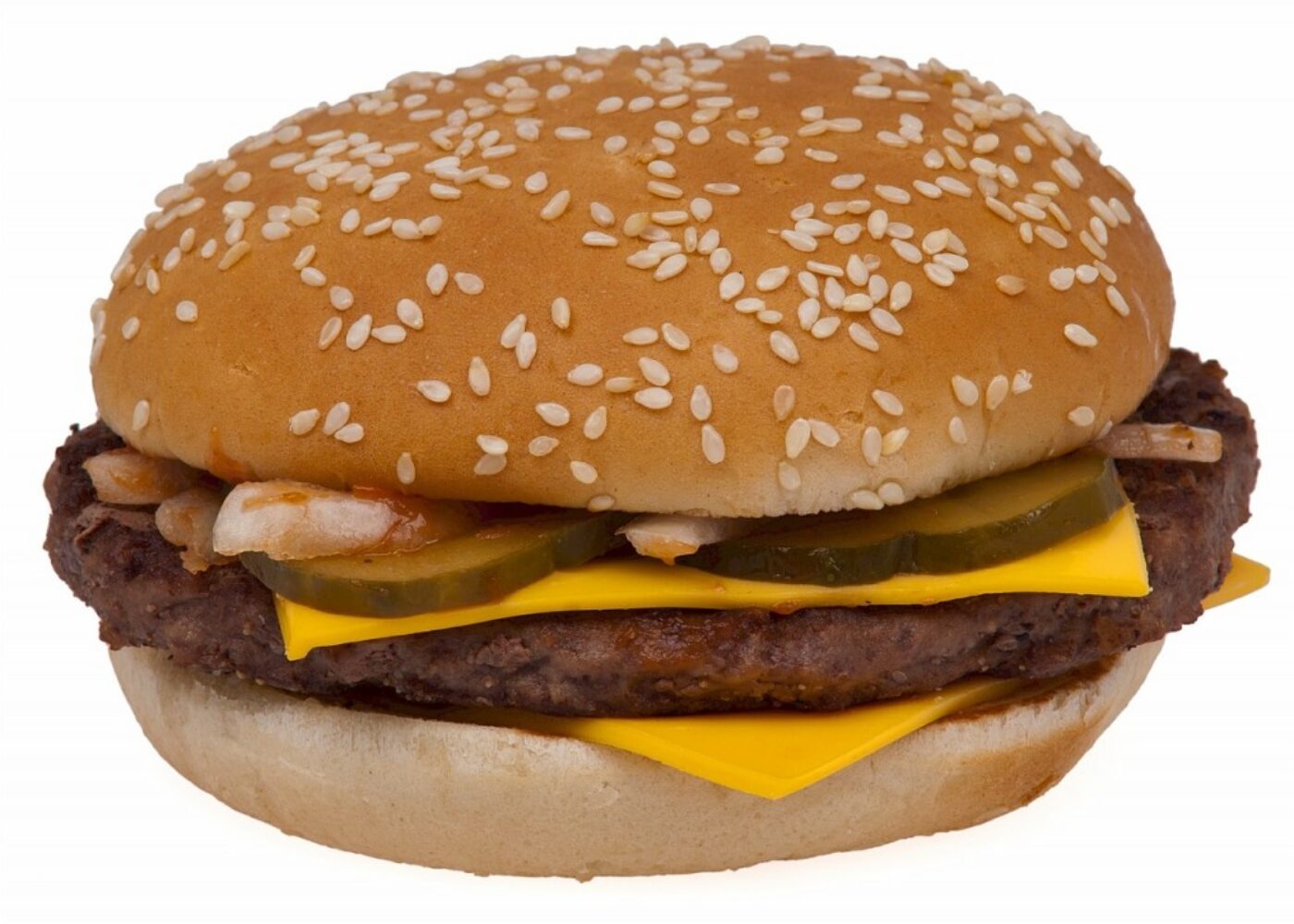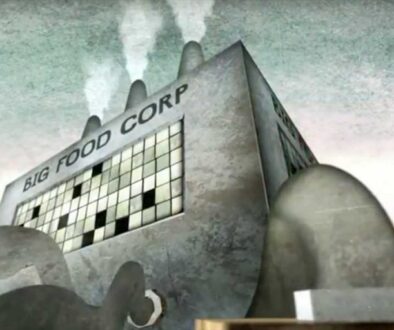Sick Food: An Obsolete Technology

Almost 20 years ago, I was in business school. I knew I wanted to be an equity analyst. I was recruited by Enron and Exxon but was fascinated by the ever-changing marketplace and the management teams I’d met during my internship on the fixed income side of things.
I received a full scholarship to business school and graduated as the top woman in my class. “We wanted to make sure you could talk…” was essentially how the interview started. And friendships and mentorships began.
I covered small and mid cap companies, met management teams of companies going public, people like the execs of Goldman Sachs, Meg Whitman of Ebay, and others. As well as the management teams from the large cap side, attending their meetings whenever I could, convinced there was much to be learned from those that had successfully navigated the massive landscape of small scale to industrial. We met with the management teams from Kroger, Home Depot and others.
It was all about managing shareholder expectations, cost benefit analyses, marketing campaigns and influencing consumer demand.
Why am I writing about this now? I have been reflecting on my old job a lot lately. The portfolios we managed, the brands we knew. I can not help but think about the companies that I covered as an analyst and the brands that we were raised on. They are iconic. Coca Cola, Kraft, Burger King and others. But as the health of our families are challenged, and the landscape of childhood changes, will these brands become obsolete?
Today, 41% of us are expected to get cancer in our lifetimes—1 in 2 men and 1 in 3 women. It wasn’t that way fifteen years ago. If these companies fail to adapt to this changing landscape of health, ditching ingredients and products that mounting scientific evidence shows are causing harm, will an analyst who takes my old seat on the desk in fifteen or twenty years even know their names? Or will they go the way of the fax machine, found on occasion, but replaced by newer technologies that meet the demands of a changing marketplace?
Because the truth is that as the landscape of health changes, so does the landscape of food. And what we are seeing is an exploding demand for clean products: products that are allergen-free, free from artificial dyes, artificial growth hormones or other ingredients that were created in a lab to drive shareholder return.
We are also seeing early adopters define the marketplace. You only need to look to the initial pubic offering of Annie’s last year, which saw the biggest opening day gain for any company of any sector in any industry, in almost a year. Others have followed and could trigger a string of IPOs. The New York Times is writing stories about venture capital money is flowing into the clean food sector. How is it possible that amidst all of the new technologies that Wall Street got the most excited about a bowl of mac and cheese? One that wasn’t hopped up on junk, junk that just wasn’t in our mac and cheese when we were kids: things like artificial growth hormones, genetically modified ingredients engineered to produce their own pesticides, food dyes made from petrochemicals.
Maybe because our future economic growth depends on the health of our society.
Companies like Annie’s, UNREAL and others are reinventing food. They are removing synthetic ingredients created in laboratories to mimic the originals. Ingredients that we thought were awesome advances in technology, that drove enormous shareholder return, until we realized that there were hidden costs.
As consumers wake up to the fact that we are now bearing that costs of these artificial ingredients, externalized costs that come to us as our food supply is increasingly hopped up on ingredients that are fake, companies and entrepreneurs that are not afraid to let go of the past and embrace the future are listening. They are inventing smarter products, free from artificial ingredients, genetically engineered ingredients and other things that simply did not exist when we were kids. They are returning food to its cleanest form, and many are trying to do it in a way so that it is affordable to all Americans, not just those that can shop in specialty grocery stores or afford organic foods.
Why? Because the bottom line is that what food companies do to affect their bottom lines affects ours, too. Sometimes it is in the form of health care costs associated with diabetes, asthma, allergies or obesity. Or the costs that come from treating a child who has cancer. It may not be direct, but mounting scientific evidence continues to show that it is happening. And while, in the short term, companies may be able to externalize these costs, our society can’t. We eat them, in one shape or another.
For the health of our loved ones, our families and the future of our country, we have to address this.
As venture capital firms invest in these clean food entrepreneurs, they are investing in so much more than a start up. They are investing in a better food system for all of us, helping farmers break their dependency on oil-derived chemical inputs to providing online resources and apps that help us make sense of what is happening to our food. They are investing in solutions that help address our growing health care crisis: clean, safe food for all Americans. They are investing in the future of our country.
And as patriotic as it may be, it is also intelligent investing, especially in light of the escalating rates of cancers, allergies, autism and other conditions that are stealing parts of our hearts and forcing us to read labels like never before.
Because just as the big food companies see the short term artificial financial boost of swapping out real ingredients replacing them with artificial ingredients, small food companies are seeing enormous demand when the opposite happens: when they swap out the artificial junk and restore food with real ingredients.
And as the success of the clean food sector continues, from farmers growing crops without the genetically engineered chemical operating system to companies like Annie’s, White Wave and little ones like UNREAL that are fighting like crazy to manage their cost structures so that you will get a chance to eat their products, perhaps an analyst sitting at my old desk fifteen years from will only know these newer brands.
There’s a growing chance that his or her portfolio of food stocks will only represent this new sector of the food economy, if the sick food economy becomes obsolete.





